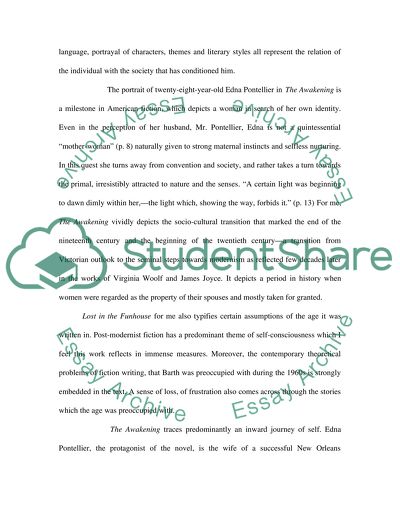Cite this document
(“The Art of Storytelling from Chopin to Barth Essay”, n.d.)
Retrieved from https://studentshare.org/miscellaneous/1521491-the-art-of-storytelling-from-chopin-to-barth
Retrieved from https://studentshare.org/miscellaneous/1521491-the-art-of-storytelling-from-chopin-to-barth
(The Art of Storytelling from Chopin to Barth Essay)
https://studentshare.org/miscellaneous/1521491-the-art-of-storytelling-from-chopin-to-barth.
https://studentshare.org/miscellaneous/1521491-the-art-of-storytelling-from-chopin-to-barth.
“The Art of Storytelling from Chopin to Barth Essay”, n.d. https://studentshare.org/miscellaneous/1521491-the-art-of-storytelling-from-chopin-to-barth.


